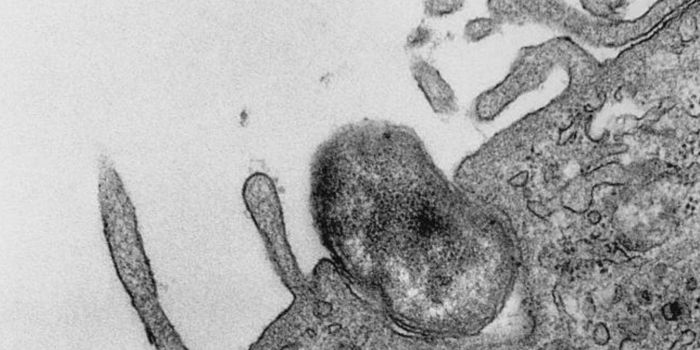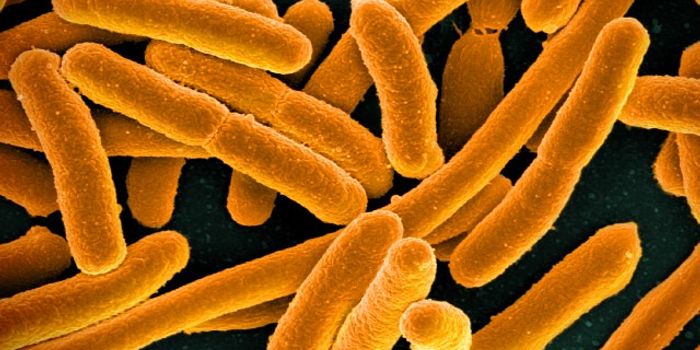Germ Cells Burrow Like Bulldozers
In the early embryo, there is a cascade of cellular movement, and all of those cells have to move to the right position to ensure that the organism will form properly. Some cells are just pushed to the right place by other cells. But some primordial germ cells have to migrate on their own. This process has been studied in detail in Drosophila or fruit fly embryos. Researchers wanted to resolve unanswered questions about how cells accomplish that movement.
"A lot of the background in this field has been established by studying how cells move in culture, and there's this model that they move by using their cytoskeleton to push out their membranes to crawl. We weren't so sure they were actually moving that way in vivo," noted Benjamin Lin, PhD, an MIT biology professor.
Reporting in Science Advances, Lehmann and colleagues have determined that in Drosophila embryos, germ cells are actually using a movement called cortical flow, which is kind of like how bulldozers move on treads. Some cancer cells are thought to also use cortical flow, and this research has established a method for studying this type of cellular movement. The investigators are hopeful that there are other applications for these findings beyond germ cells; they might apply to other kinds of migratory cells.
When observing these cells, the investigators saw a molecule called actin, part of the cellular cytoskeleton, moving backwards in the cell while the cell moved forward.
A thin layer of actin sits just under the cell membrane, noted Lin. This layer is called the cortex, and cells move by making it flow. "It's like if you think of the tread of a bulldozer that's moving backwards as the bulldozer is moving forward. The cells move that cortex backwards to generate friction to move the cell forward," Lin explained.
There are many kinds of cells crowded into an embryo, so this type of movement is especially beneficial to germ cells. Rather than using proteins to grab and pull their way through tissue, they can move on their own. They don't have to rely on external signals; they can migrate independently with internal signaling, Lin added. This universal method is important as they push through many different kinds of tissue.
This study also revealed that a protein called AMPK can control this kind of cell motility.
The finding was "really unexpected," Lin said, because this protein is known as one that senses energy. But this study indicated that AMPK also assists with cellular navigation, helping to determine the speed and direction of the cell.
Eventually, the investigators are hoping to map the entire germ cell migratory pathway.
Sources: Massachusetts Institute of Technoloy (MIT) Whitehead Institute, Science Advances









